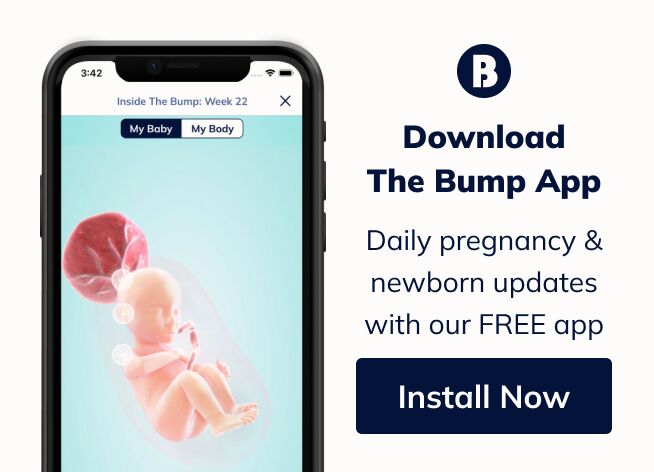Babies: 9 - 12 Months
 Lisa&Mark
member
Lisa&Mark
member
Bike Trailer vs Bike Seat
We wanted to get DD a bike trailer for her 1st b-day. I started reading about them online & some people question if they cause brain damage b/c the kid is being jostled around a lot (they say bumps are magnified x10 being so close to the ground) - so now I am nervous about getting one.
MY QUESTIONS: Do you have a trailer or a carrier? Do the kids like it? Or, if you don't have one, opinions - good or bad.
THANKS!
This discussion has been closed.





Re: Bike Trailer vs Bike Seat
We are going to be buying both. We will be getting the Cougar Chariot trailer and the iBert seat. The Cougar came recommended to us by friends who use it every day. Their son absolutely loves it, and they haven't had any issues with it. The advantage with the Chariot line of trailers is that they have the option of a baby supporter, which we will definitely be buying.?
I found this article helpful:
Child seats / Baby CarriersPhysics tells us that a child, in a child seat, mounted on a bike, raise the center of gravity of the bike.? This changes how the bike handles and but doesn't add significantly to instability.[1]? The bicycles frame geometric also play a roll in stability -- longer chain stays are an element that helps.? The heavier the child the greater the impact.? But, the weight of an infant is negligible compared to the size and strength of most adults so usually the change in balance is not unacceptable.? If you want to practice before you put you kid into the child seat, load a book back with the child's weight in books and strap it into the seat and take it for a ride.[1] A bicycle is similar to an inverted pendulum control problem. Try this: First balance a yard stick on you finger. Now tape a weight to the top of the yard stick and try to balance it. The yard stick with the added mass on top is easier to balance.Kid seats tend to work well for children 1-3 years old.?? There is anecdotal evidence of children of 15-20 kgs., or 33-44 lbs., being carried in child seats.? In fact kids usually get too tall for child seats before they get too heavy.For all users the most difficult aspect of child seats is usually getting the child into and out of the seat, especially with rear rack mounted seats (as opposed to front top-bar mounted seats). One danger of bike seats is not when the bike is being pedaled, but when it is stopped. When the rider gets off the saddle, or dismounts, it takes more effort to maintain the bike's balance and keep it upright.? Smaller adults generally have the most trouble loading and unloading the child.? If the parent can manage this usually they are able to ride safely with a child seat.Child seats certainly have the advantage, especially in an urban area, of not adding to the size of the "foot print" of the bike, which may lessen harassment by motorists.In the event of a crash, with rear child seats -- even a well designed one with heaps of safety features -- the child is likely to suffer at least minor arm and neck injuries. With poorly designed rear mounted bike seats, there is also some danger of the child's foot getting caught in the spokes.? In the USA, kid seats should meet the ASTM 1625-00 safety standard.A variation is "front-mounted" child seats.? They are very popular and have been used in Asia and Europe for decades. They are less common in North America. Many people swear by these because it is easier to keep an eye on the child and have a conversation with them, and get the child in and out with greater ease.? The fore-aft position of the child affects stability. More mass over the front wheel is more stable than mass over the rear wheel. Therefore, a front child seat will be more stable than a rear child seat.But, front-mounted child seat have some unique hazards associated with them:? An object dropped by the child can catch in the front spokes, seize the wheel and cause a head-first fall, or be kicked back up into their face.? The solution is to make sure that the child doesn't carry anything.? In the event of a fall, in some ways the child is more protected than with a rear mounted child seat, but the adult is also more likely to land on top of the child.??Tip: If you have a bike trailer with a chain stay attachment and are carrying two kids, be sure to put the heavier kid on the side where the hitch extends out. If you hit a bump or curb just right the trailer can tip.? The seatbelt/harnesses are good, as is the roll cage, but if? the heavier kid landing on the lighter kid, it may be bad. If the smaller kid lands on the larger kid, well, they usually just giggle a lot.
https://www.ibike.org/education/infant.htm?